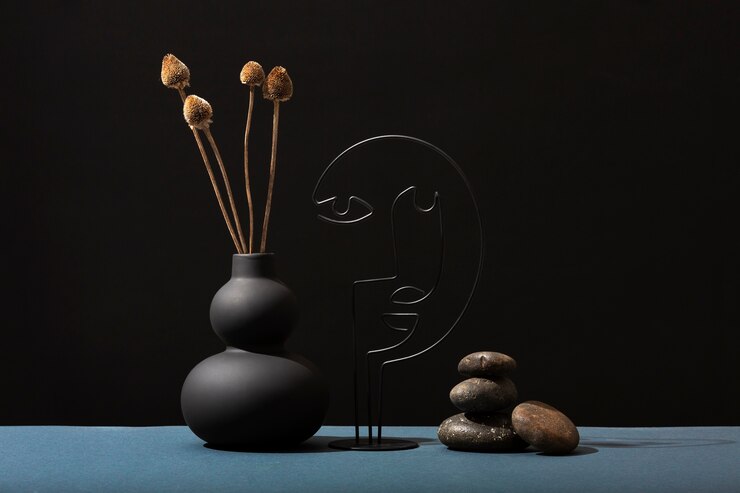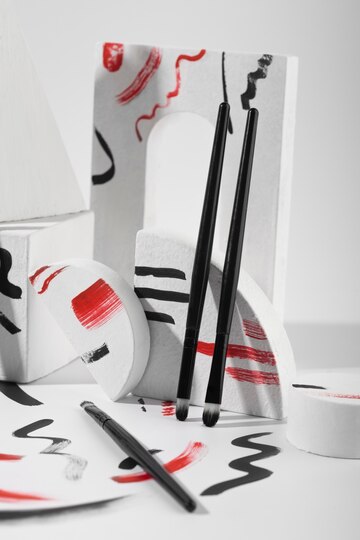Minimalism in Design: The Art of Simplicity
Minimalism in design is more than just an aesthetic choice—it is a philosophy that embraces simplicity, functionality, and clarity. Rooted in the idea that “less is more,” minimalism focuses on stripping away unnecessary elements, leaving only what is essential. Whether in graphic design, architecture, web design, or product development, minimalism creates powerful and elegant solutions that stand the test of time.
The Core Principles of Minimalist Design
Minimalist design follows a few key principles that define its aesthetic and functionality:
1. Simplicity
At the heart of minimalism is the principle of simplicity. Designs are stripped down to their most essential elements, avoiding excessive decoration or clutter. This ensures that every component serves a clear purpose.
2. Functionality
Minimalist design prioritizes usability and efficiency. Every element included in a design must contribute to its function, making the user experience seamless and intuitive.
3. Clean Lines and Shapes
Geometric forms, straight lines, and balanced proportions are hallmarks of minimalist design. These features create a sense of harmony and order.
4. Limited Color Palette
Minimalist designs often use a restrained color palette, typically consisting of neutral tones like white, black, gray, and earthy shades. When color is used, it is intentional and often serves to highlight key elements.
5. Negative Space (Whitespace)
Whitespace, or negative space, is a crucial component of minimalism. It allows the design to breathe, enhances focus, and improves readability, making the overall composition feel uncluttered and elegant.
6. High-Quality Materials and Typography
In product and interior design, minimalism emphasizes high-quality materials with natural textures. In graphic and web design, clean and legible typography plays a crucial role in creating a refined look.
Minimalism in Different Design Disciplines
Minimalism can be applied across various fields of design, each with its own unique take on the concept.
1. Graphic Design
Minimalist graphic design focuses on strong visual hierarchy, clean typography, and simple imagery. Popular brands like Apple and Google have embraced minimalist design in their branding and user interfaces to create clarity and ease of use.
2. Web Design
In web design, minimalism enhances user experience by reducing distractions and emphasizing key content. Simple navigation, clear typography, and ample whitespace create an intuitive and visually appealing digital experience.
3. Architecture and Interior Design
Minimalist architecture and interior design emphasize open spaces, natural light, and functional furnishings. Materials such as wood, concrete, and glass are often used to create a serene and clutter-free environment.
4. Product Design
Minimalist product design focuses on usability and simplicity. Many tech products, such as smartphones and wearables, follow minimalist principles to create intuitive and elegant devices.
Benefits of Minimalist Design
- Enhanced Clarity: A minimalist approach eliminates distractions, making communication clearer and more effective.
- Timeless Appeal: Unlike trend-based designs, minimalism has a lasting, classic aesthetic.
- Improved Functionality: With a focus on essentials, usability is enhanced, providing a better user experience.
- Sustainability: Minimalist design often leads to less waste and a focus on quality over quantity, making it a sustainable choice.
Conclusion
Minimalism in design is about creating meaningful, functional, and aesthetically pleasing solutions with less. By embracing simplicity, designers can craft experiences that are both visually appealing and highly effective. Whether in digital or physical spaces, the principles of minimalism continue to influence modern design, proving that sometimes, less truly is more.




Post Comment